AMD details and prices Radeon RX Vega
July 31, 2017 | 03:31
Companies: #amd #radeon-technologies-group
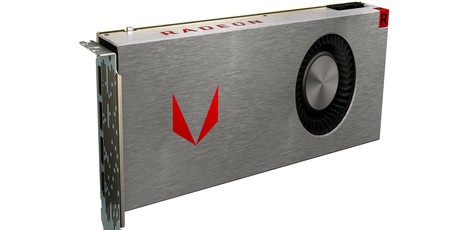
At long last, AMD has officially taken the wraps off of its new Radeon RX Vega consumer cards. In short, two cards – the Radeon RX Vega 64 and Radeon RX Vega 56 – will launch in August (exact date TBC) starting at $499 and $399 respectively and available either as standalone products or in a bundle that comes with free games and discounts for a FreeSync monitor and AMD Ryzen hardware. The flagship RX Vega 64 will also have a limited edition air-cooled model and a liquid-cooled option available only in the aforementioned bundles for $599 and $699 respectively.
The flagship card, the Radeon RX Vega 64, is so-named because of the 64 Compute Units (CUs) that sit at its heart, giving it a core count of 4,096 – the same, you might remember, as the R9 Fury X. However, this is no rebrand, as AMD has also detailed what it calls its most significant architectural change in five years i.e. since it launched Graphics Core Next with the Radeon HD 7000 Series. We will detail these changes ourselves in our full review, but the Vega 10 GPU at the heard of the card is AMD’s largest and most complex design ever. It incorporates 12.5 billion transistors and is built on a 14nm FinFET Low Power Plus (LPP) process. It also makes use of AMD’s Infinity Fabric interconnect, new Next-Generation Compute Units, new pixel and geometry engines, and plenty of other tweaks and changes.
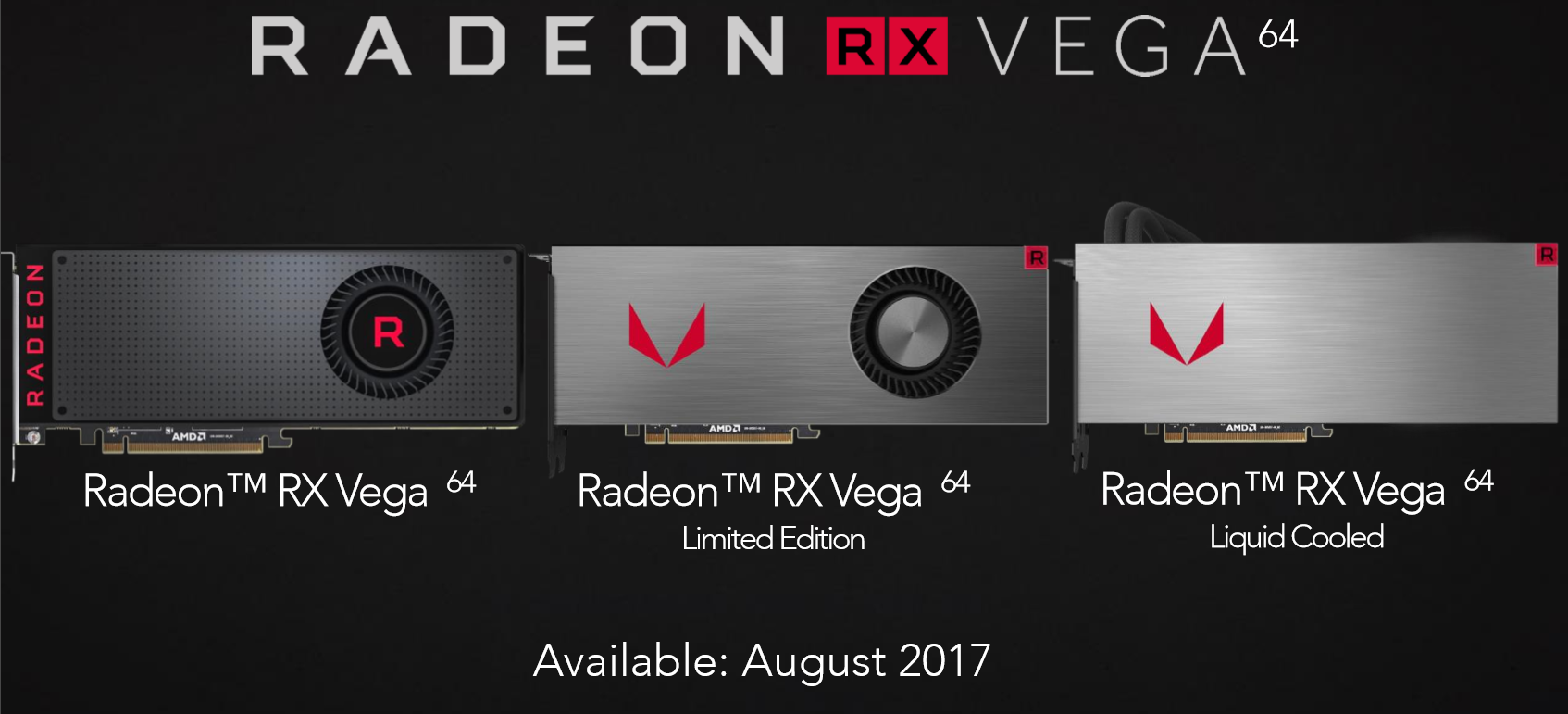
The circuit has been specifically designed for high frequencies, with the end result being that base and boost clocks are set at 1,247MHz and 1,546MHz respectively, allowing AMD to deliver peak performance of 12.66 TFLOPS. These are increased to 1,406MHz/1,677MHz on the liquid-cooled card (13.7 TFLOPS at peak), and we’re told that Vega can successfully hit speeds of over 1.7GHz, so overclocking will hopefully be more beneficial than it was on the R9 Fury X. The TDP is 295W for the air-cooled models and 345W on the liquid-cooled edition. All versions of the card have an 8GB High Bandwidth Memory 2 (HBM2) frame buffer with 484GB/sec of available memory bandwidth thanks to a 945MHz memory clock all managed by the new High Bandwidth Cache Controller (HBCC).
The Radeon RX Vega 56, meanwhile, occupies the lower rung of the Vega stack thanks to a Compute Unit count that’s reduced by 12.5 percent to 56, making 3,584 cores available. Base and boost speeds are set to 1,156MHz and 1,471MHz respectively, and the memory (8GB HBM2) is set to 800MHz for 410GB/sec of memory bandwidth. The TDP for this card will be 210W.
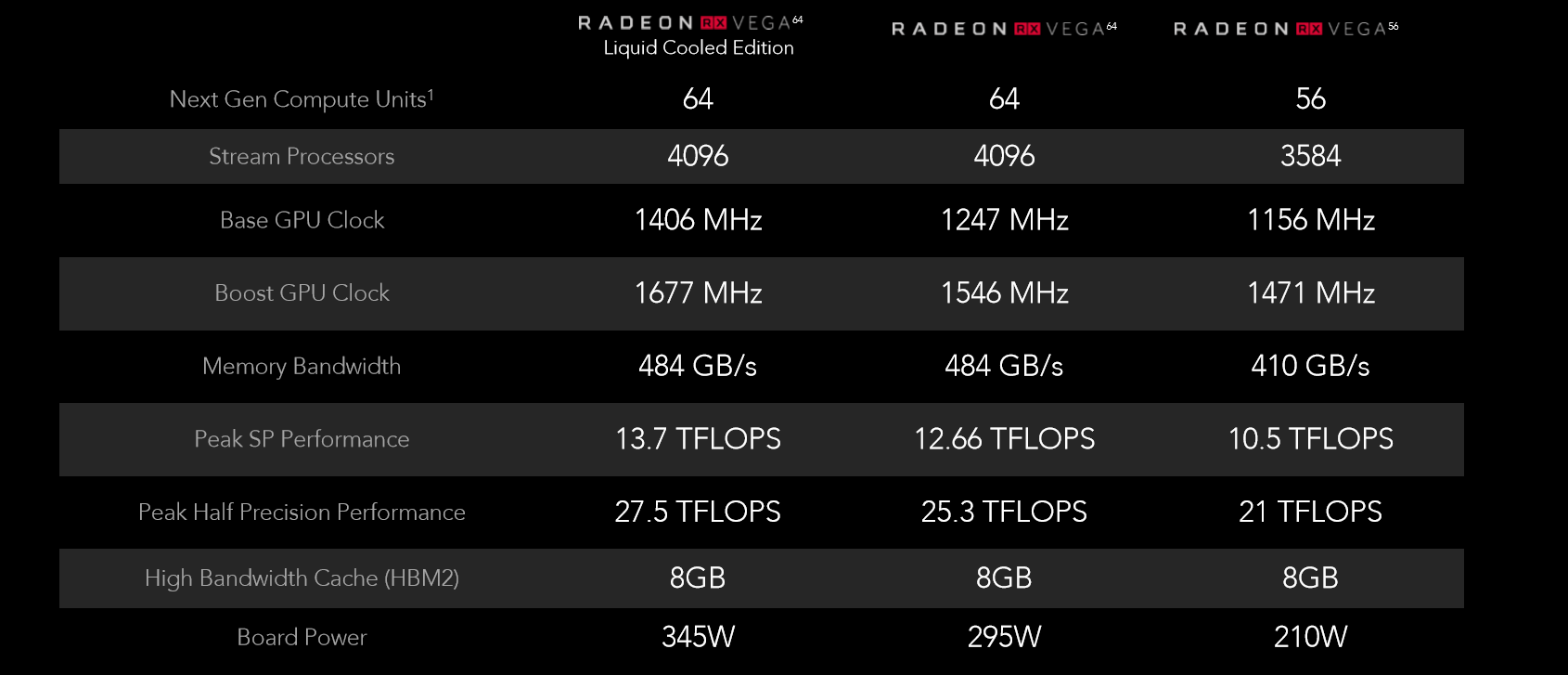
In terms of features, the cards have the highest possible feature level and tier support for DirectX 12. Display outputs include a trio of DisplayPort 1.4 connectors (suporting HBR3, MST, and HDR) and one HDMI 2.0b header. The Radeon RX Vega 64 is powered by two eight-pin PCIe connectors; we haven’t been able to confirmed what the RX Vega 56 has here. The Vega cards also have a built-in AMD Secure Processor for hardware-validated boot.
As mentioned, if you simply want to buy the cards by themselves, they will be available in a black reference design for $499 for the flagship RX Vega 64 and $399 for the RX Vega 56 (probably £499 and £399 including VAT in the UK, but this is still TBC), which aligns them roughly with the entry-level pricing of the GTX 1080 and GTX 1070. If it wasn’t already obvious, this is effectively confirmation that the GTX 1080 Ti will retain its dominant position at the top of the current GPU stack (excluding Titan cards). The reference design wasn’t really detailed, but it looks to be a fairly standard single-fan, dual-slot, blower-style design. Availability of third-party designs for both cards is vaguely slated for around Q4 this year; AMD is still deciding whether to allow AIBs to play with the design of the liquid-cooled card.
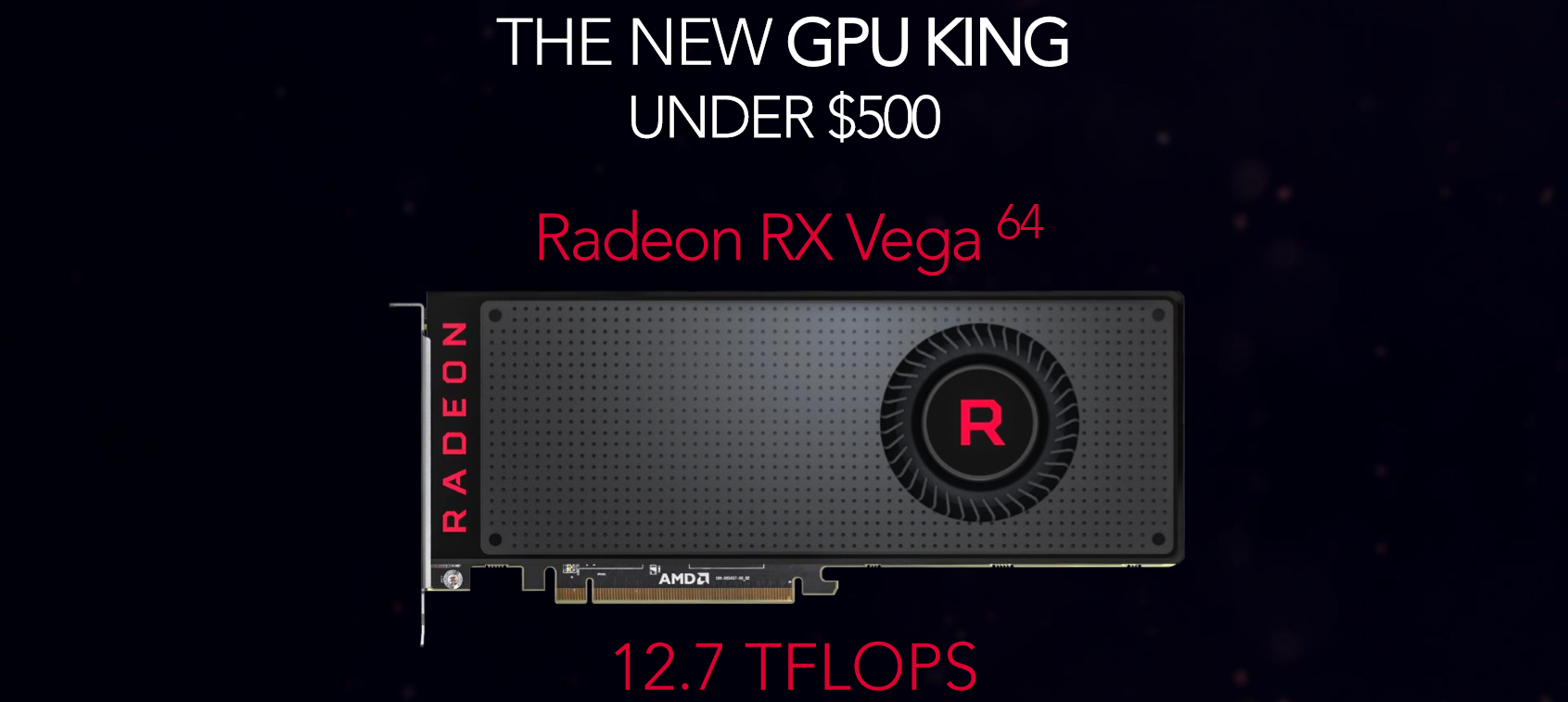
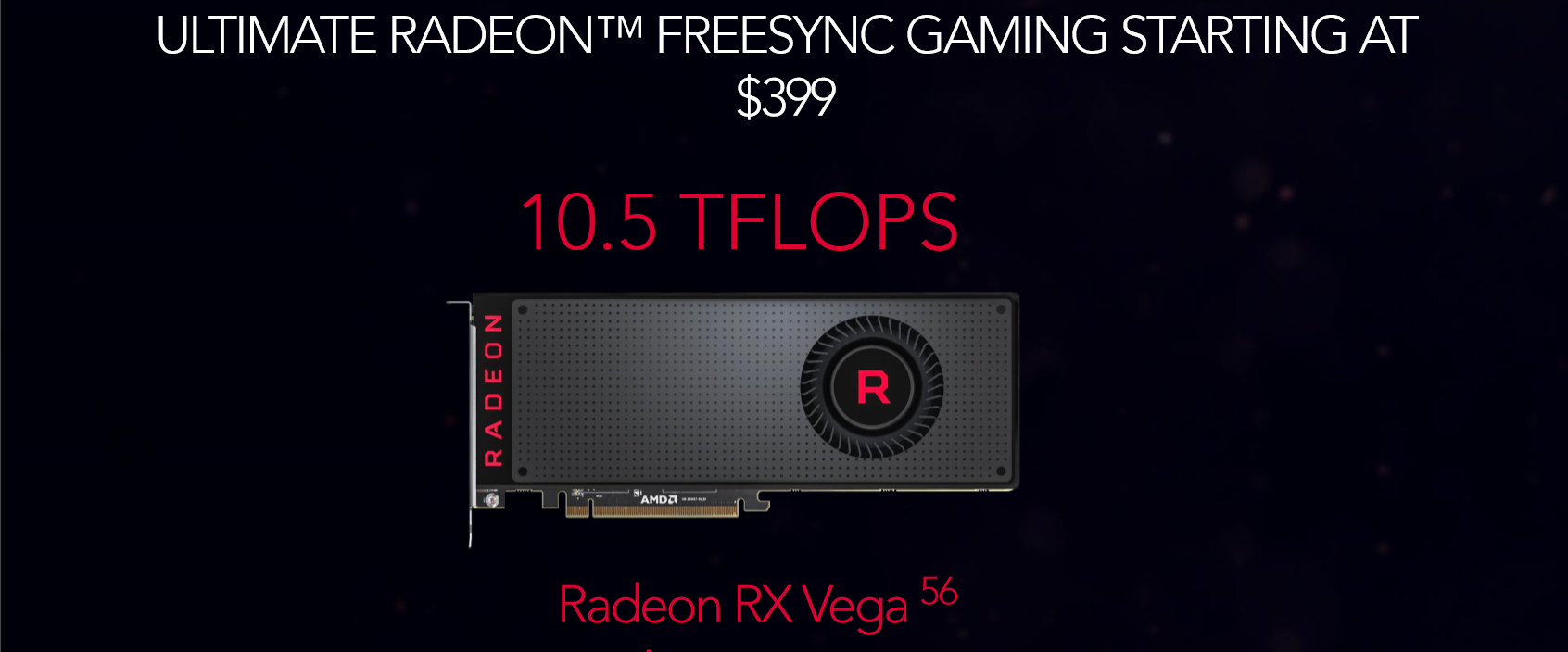
An extra Vega SKU was also teased: the Radeon RX Vega Nano. Details on this are very thin on the ground, but more will come very soon, and we are expecting a 150W TDP and a considerably smaller cooler. Vega is designed to scale effectively through power limits from laptop level through to the desktop usage that these cards enable.
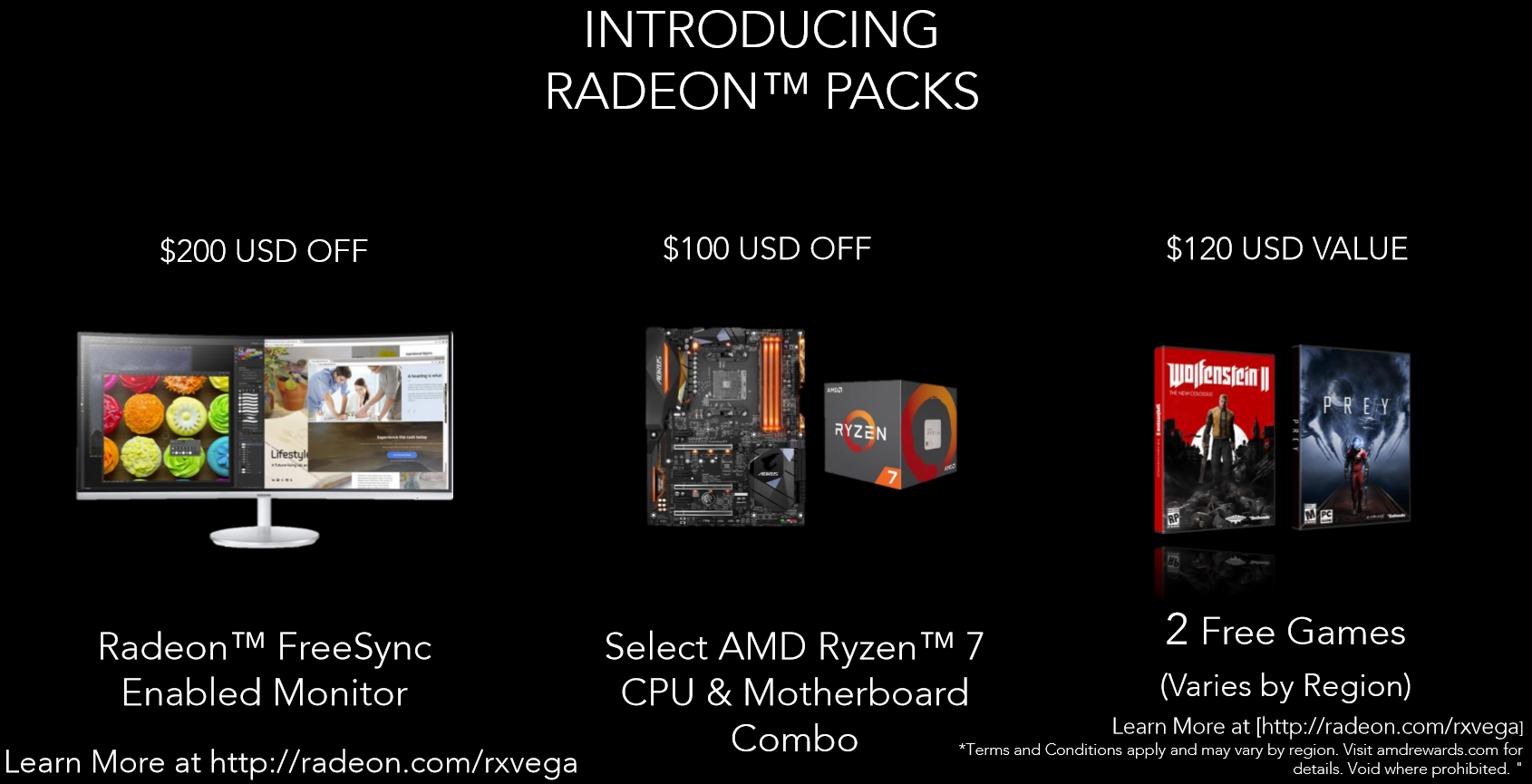
As well as the standalone cards, you can also buy into AMD’s new Radeon Packs, which give you a Vega card, free games, and some significant hardware discounts that are looking to entice gamer’s into the full AMD ecosystem including Ryzen and FreeSync. They also are the only way of obtaining the limited edition RX Vega 64 cards.
At the top of what we will affectionately call the Pack stack is the $699 Radeon Aqua Pack, which nets you the Radeon RX Vega 64 Liquid Cooled, which retains a dual-slot form factor but is cooled by a built-in all-in-one, 120mm-based liquid-cooler; $200 off the $949 retail price of the new Samsung CF971 monitor (potentially different by region), which has a curved 3,440 x 1,440 quantum dot display and is FreeSync-enabled; $100 off the retail price of a selected AMD Ryzen 7 CPU and X370 motherboard combinations (exact SKUs TBC); and two free games that vary by region but were listed as Wolfenstein II and Prey in our briefing.
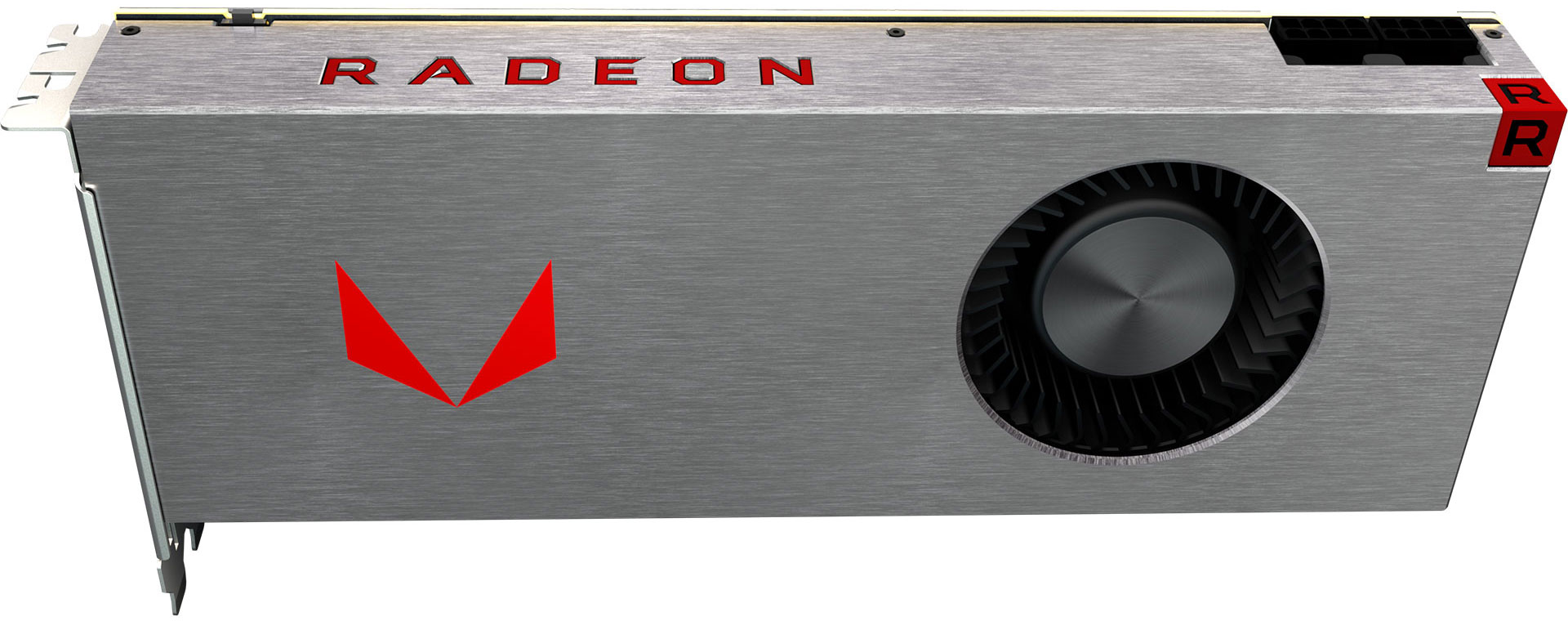
Next in the Pack stack is the $599 Radeon Black Pack, which gives you all the discounts and free games listed above but nets you the other special version of the flagship card, the RX Vega 64 Limited Edition (seen above). This retains the dual-slot, single-fan design but has a solid metal construction, a larger fan (30mm instead of 25mm), vapour chamber cooling, a metal backplate, and logo illumination.
Lastly, there’s the $499 Radeon Red Pack, which again has the same discounts and free games but drops the card to the standard RX Vega 56 (there are no special editions of this card).
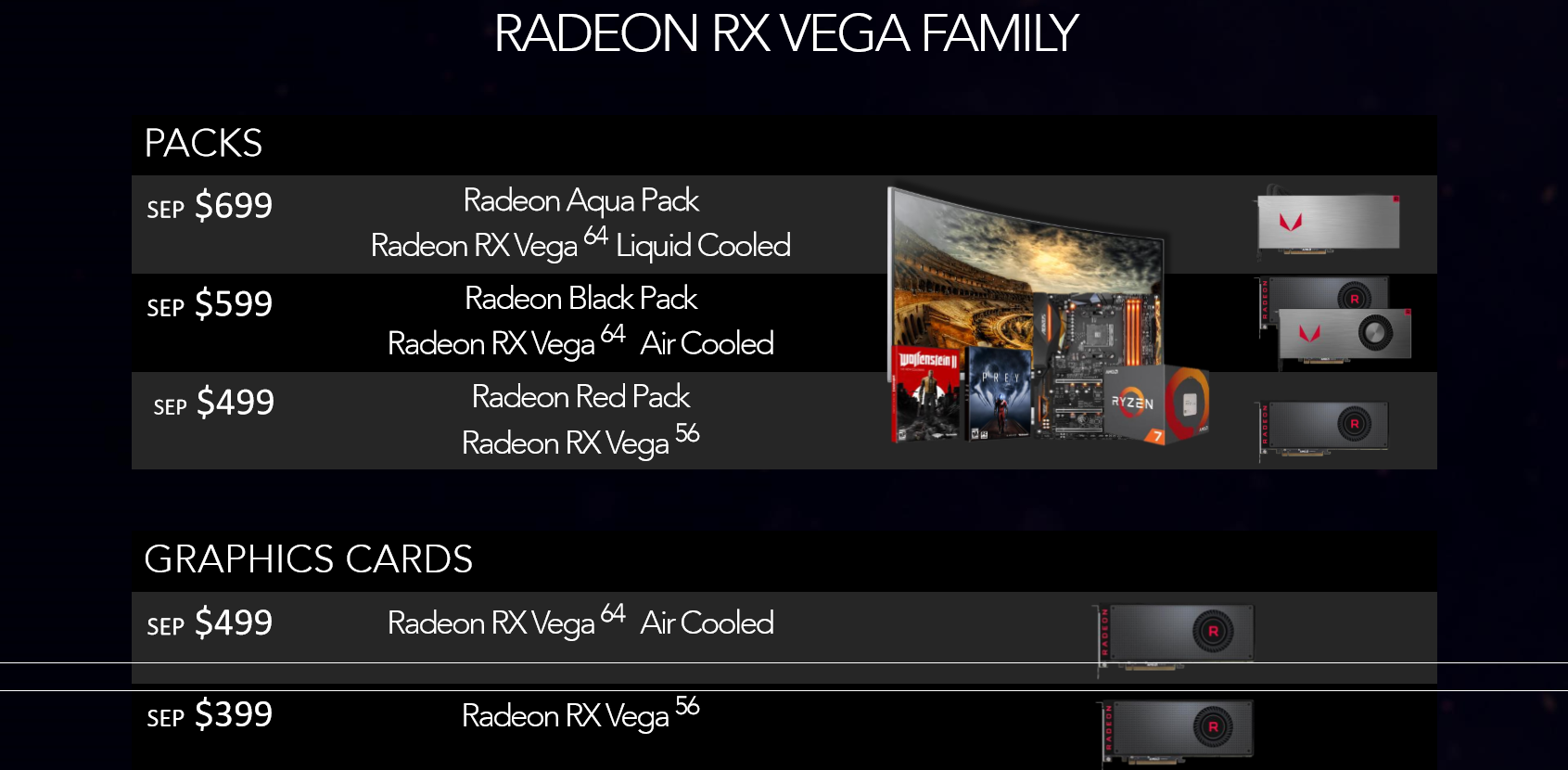
The discounts are applied at checkout, and users can take or leave pieces as they see fit. You will therefore need to buy all hardware at once and from the same retailer to utilise the discounts; there is no retroactive discount availability post-purchase - use it or lose it.
Announced at the same time as all this were two new Radeon Pro cards built around Vega. The Radeon Pro WX 9100 has the Vega 10 GPU in its full implementation paired with 16GB of HBM2 memory with ECC, delivering 12.3 TFLOPs of power and 484GB/sec of memory bandwidth and supporting six 4K displays via DisplayPort 1.4 daisy-chaining. The new Radeon Pro SSG, meanwhile, is specifically designed for working in real-time with 8K video. It has 2TB of onboard SSG (Solid-State Graphics) memory with up to 8GB/sec and 6GB/sec read and write performance respectively. Pricing and availability were not confirmed.
So, what do you make of AMD’s pricing strategy for Vega? Will it be enough to shake up the high-end GPU market? Let us know your thoughts in the comments.

MSI MPG Velox 100R Chassis Review
October 14 2021 | 15:04

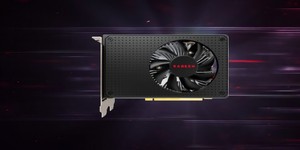
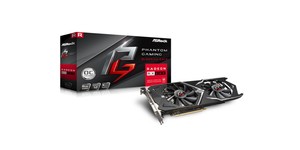
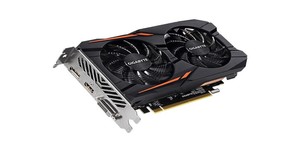




Want to comment? Please log in.